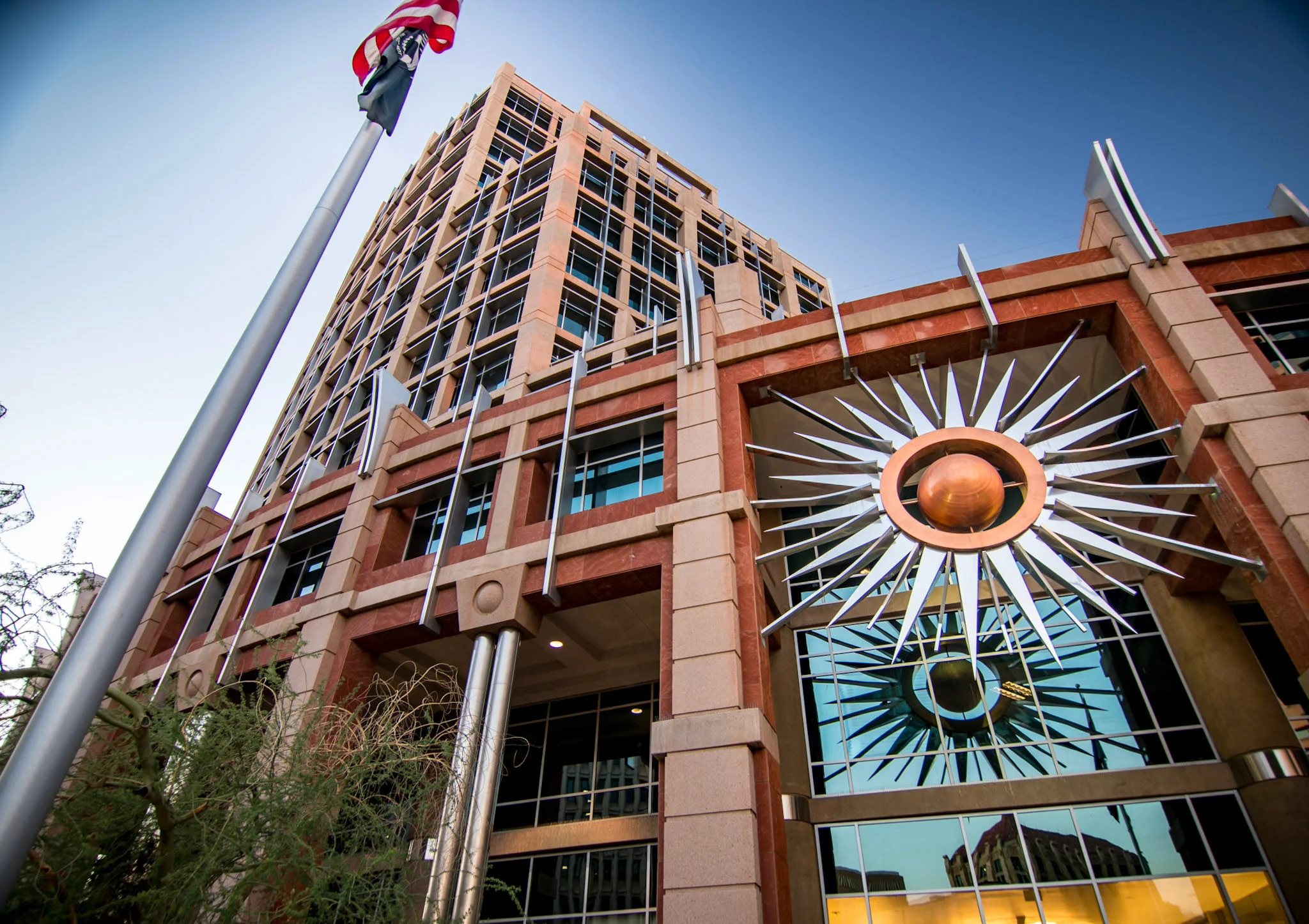Our mission is to preserve, shape and build Phoenix through outstanding service, engagement and innovation.
Our service commitments:
S - Serve as a leader to develop a city through continuous advancement of policy, codes, processes and technology.
E - Ensure building safety, preservation and planning are at the forefront of all we do.
R - Reinforce a culture of respect and collaboration.
V - Value and deliver personal, seamless and innovative service.
E - Empower a professional, proficient and dedicated department of civil servants.
